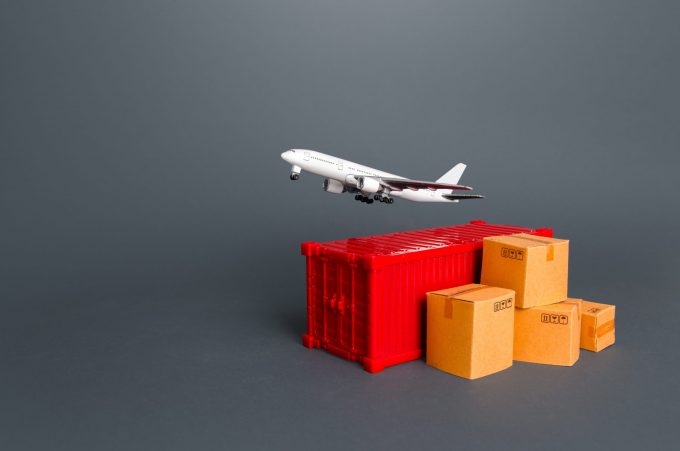Threat of rising oil price adds to frustration for crisis-hit supply chain chiefs
New warnings from the World Bank of surging oil prices, adding to the continuing instability ...

The Red Sea crisis and looming Chinese New Year pushed airfreight volumes to a steady take-off in January, but average rates have declined.
Recent analysis by Xeneta shows global air cargo volumes rose by “a surprise” 10% year on year last month.
Fourkites told The Loadstar its tracked air freight shipments had more than doubled since the second week of January.
However, with plenty of available capacity, fuller cargo holds are yet to translate into higher rates. Xeneta found that general air cargo spot rates in January declined 12% month on month, to an average of $2.27 per kg.
Xeneta’s chief airfreight officer, Niall van de Wouw, said: “We saw a relatively strong January, from a volume perspective, but the market fundamentals have not changed. This is not consumers buying more, it is likely linked to Red Sea disruption as well as the upcoming lunar new year.”
Tristan Koch, chief commercial officer for aviation software company Awery, told The Loadstar: “Demand for airfreight is increasing, especially along routes where sea-air transport can be used to avoid delays caused by the Red Sea crisis.
“Data from our CargoBooking platform is showing increased demand for airfreight along key hubs facilitating multimodal and sea-air transport, including Singapore, Dubai (Jebel Ali) and Seattle. Jebel Ali in particular is becoming a primary sea-air port of choice, connecting Europe, Turkey and South Africa.
“We expect to see continued demand as shippers remain wary of the Red Sea situation.”
Mr van de Wouw added: “We don’t see this reflected in rates, but that’s not surprising for January because there’s not the same pressure on capacity.”
However, there has been an increase in some air cargo spot rates, particularly coming from north-east Asia to Europe, which increased to $3.42 per kg in the week ending 28 January, according to Xeneta.
This could potentially be related to e-commerce demand, of which Mr van de Wouw noted Shein and Temu made up a majority share. He said it was “unheard of” for a single company to be contributing as heavily, as they were airfreight volumes, and dubbed it “impossible” to discuss airfreight without mentioning these two fast-fashion retailers.
One forwarder told The Loadstar the two were taking up significant amounts of its airfreight capacity. And Mr Van de Wouw added that he had seen accounts where 50-70% of volume was from Shein and Temu alone.
Director at Cathay Cargo Tom Owen said: “The overall 2023 market was fairly challenging for traditional air cargo sectors. That said, e-commerce has been an exception.
“We are confident that 2024 will be a reasonable year for air cargo, led by e-commerce, a large amount of which is sourced from the southern part of the Chinese mainland. Potentially, e-commerce might take up to 50-60% of our total tonnage.”
Mr Koch concluded: “The airfreight industry is becoming much more adept at adapting to volatile market conditions – whether it’s adapting to disruptions like ash clouds or the Covid-19 pandemic.
“The industry is moving away from setting rates for seasons, which makes air cargo more agile and nimble. We are certainly seeing this in the industry now with the Houthi Red Sea attacks, but this shift is not solely a reaction to changes in ocean freight, it is indicative of a broader trend.”
Mr van de Wouw added: “The market remains extremely difficult to predict. Let’s wait and see what happens in February when we might see air and ocean volumes, as well as rates, fall back if more stability returns to the market.”
“But January was a strong slow month, and, after a difficult year, the air cargo industry will not be complaining about starting the year on a positive note.”
Listen to Loadstar publisher Alex Lennane on the latest episode of The Loadstar Podcast discussing how some of CMA CGM’s air cargo ambitions are proving difficult to achieve
Comment on this article